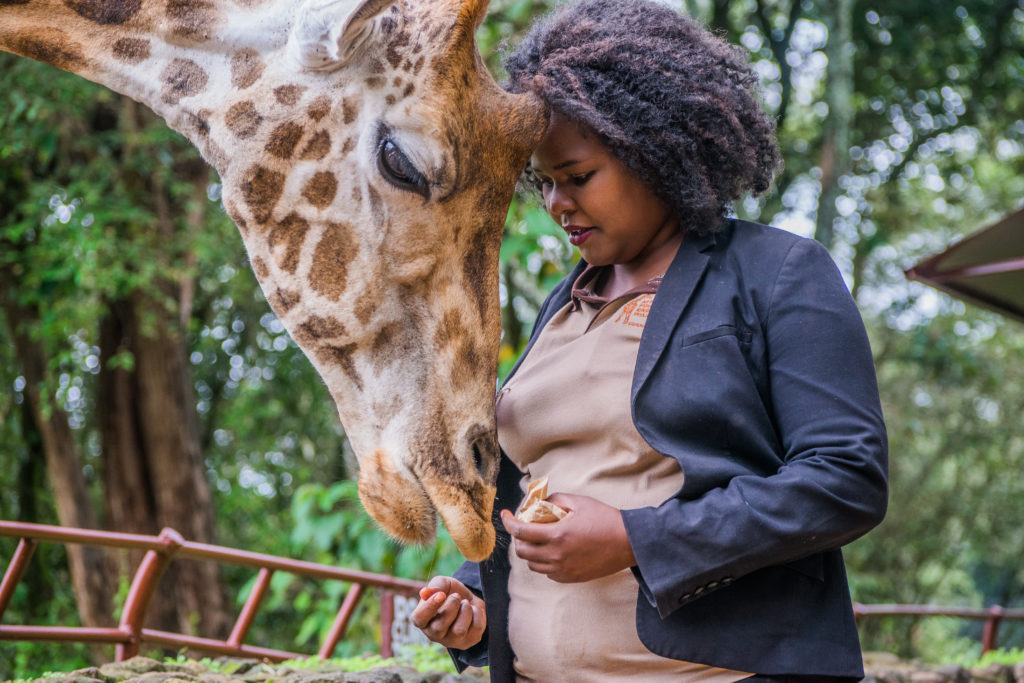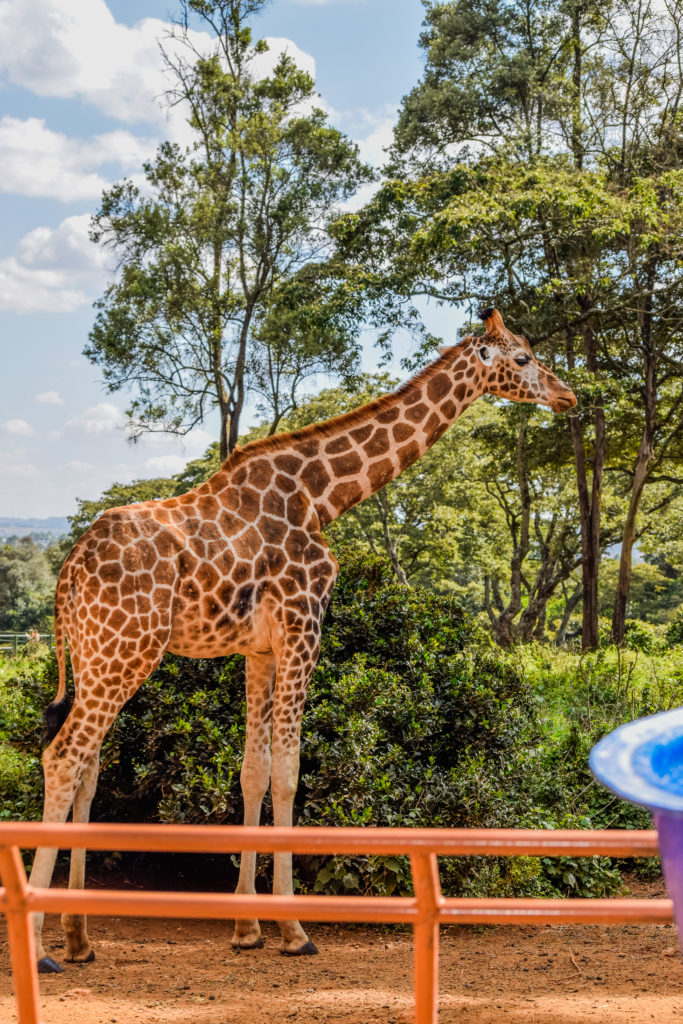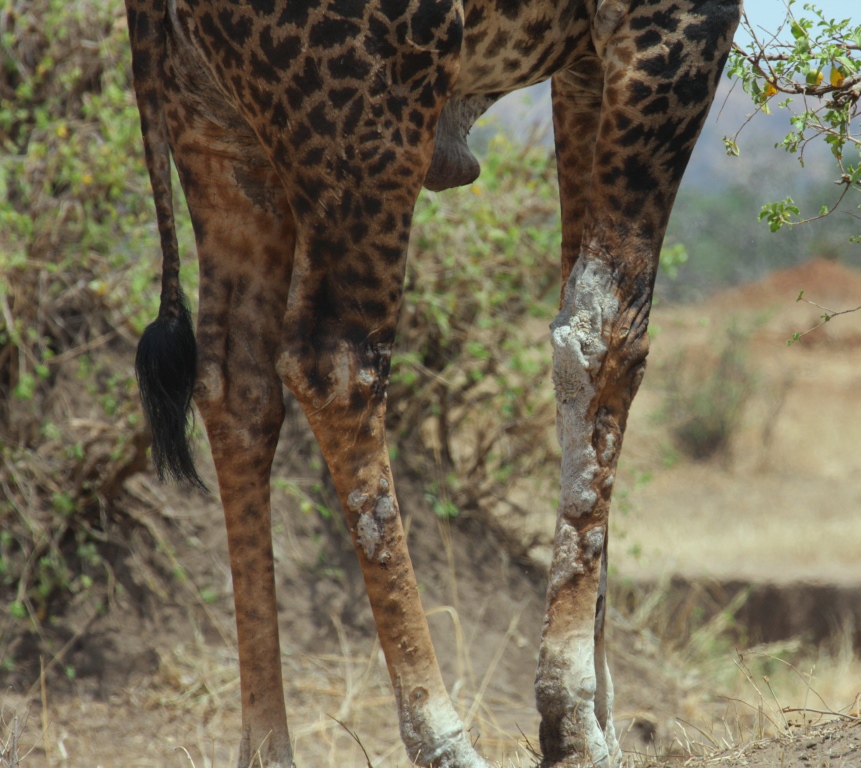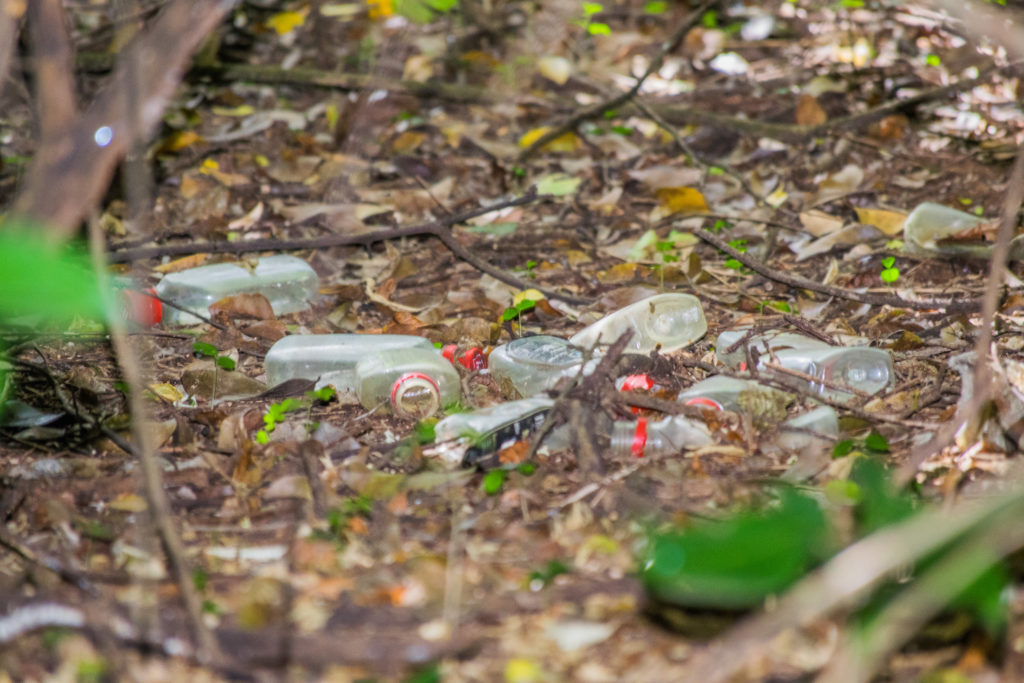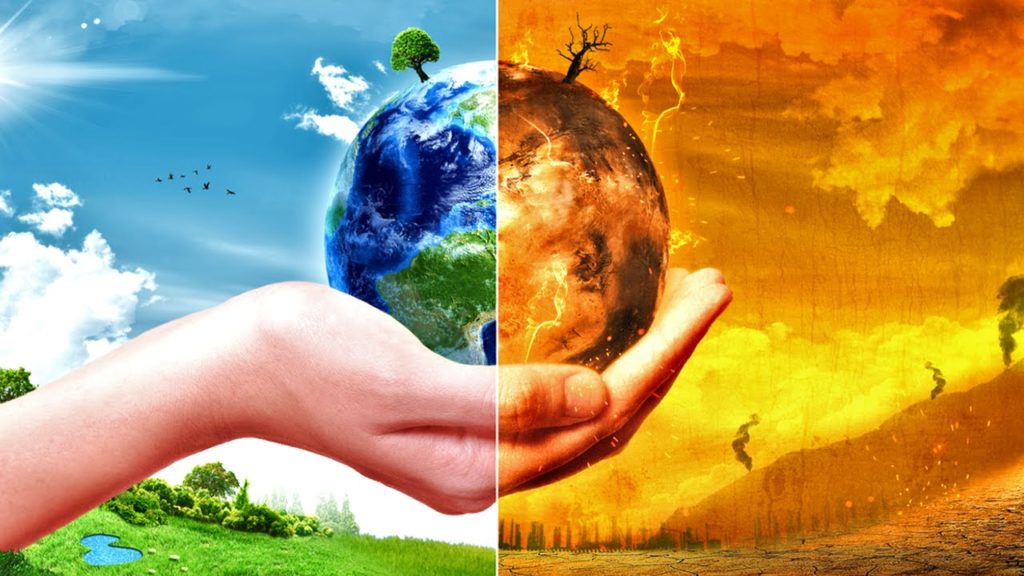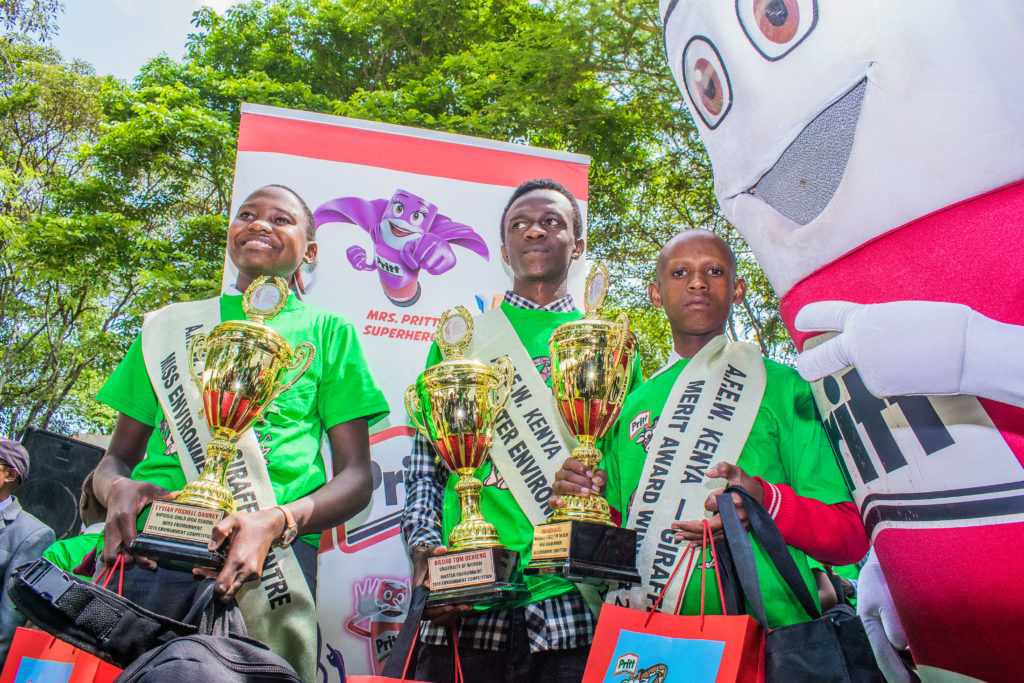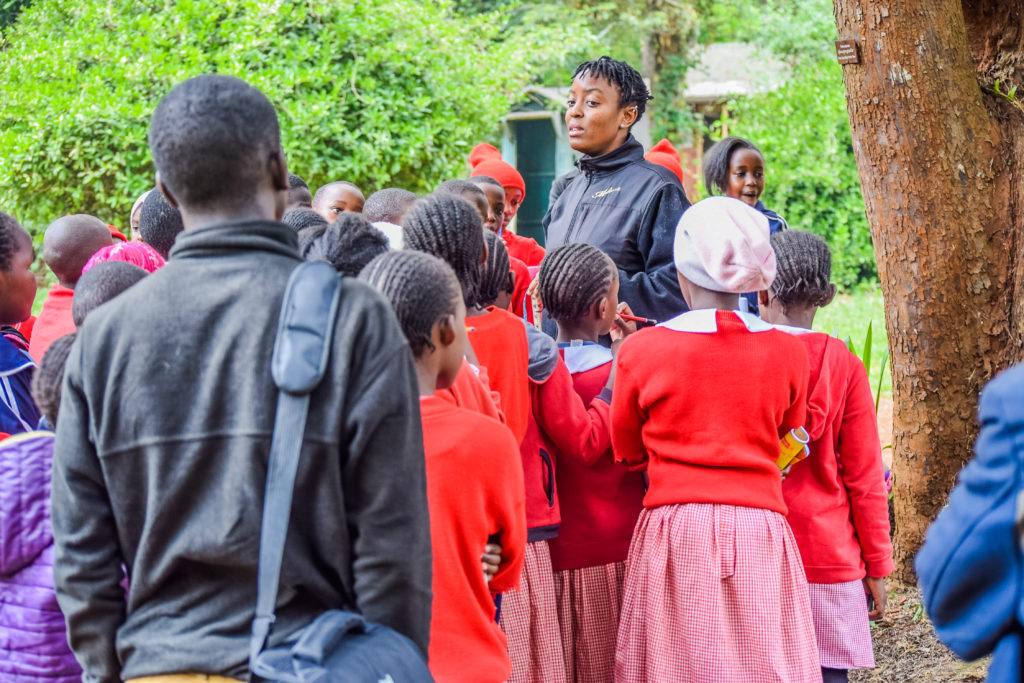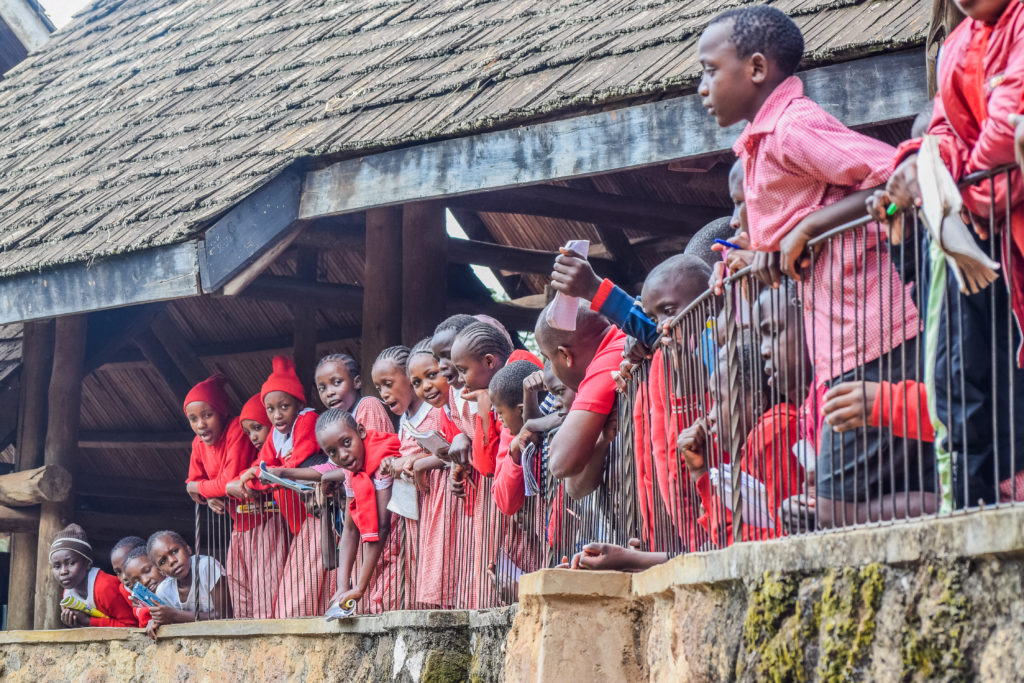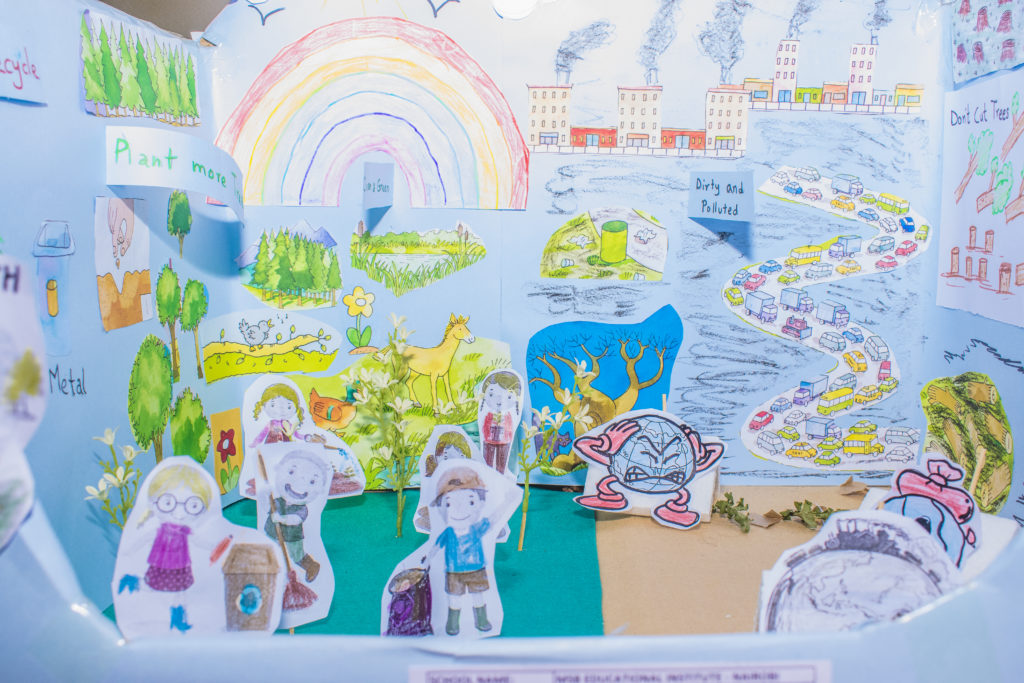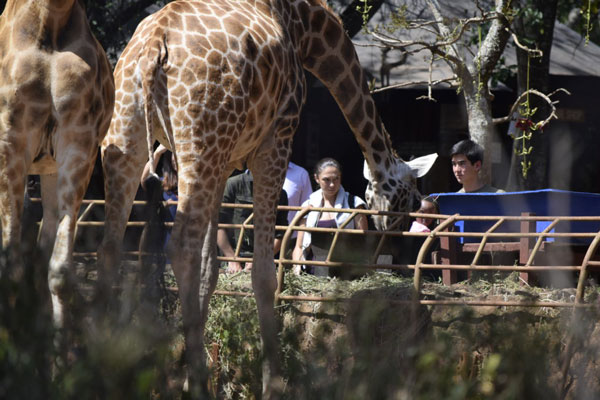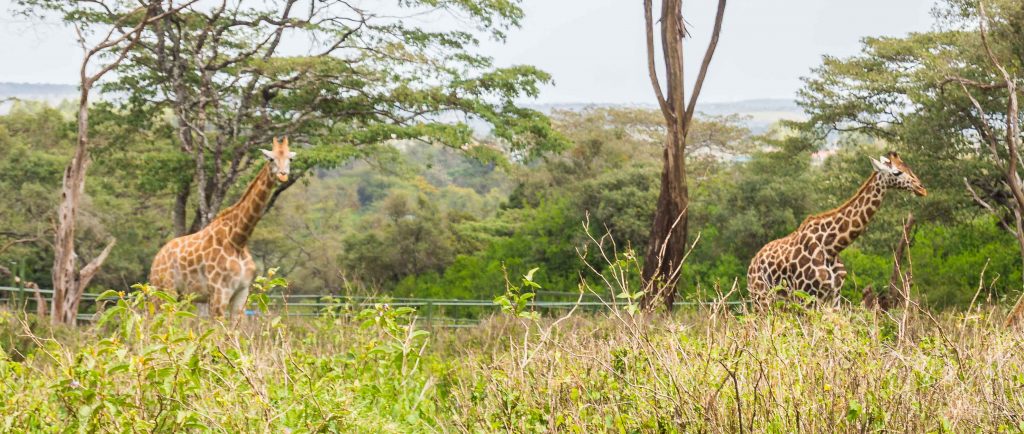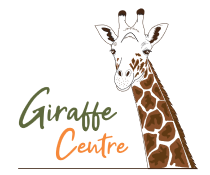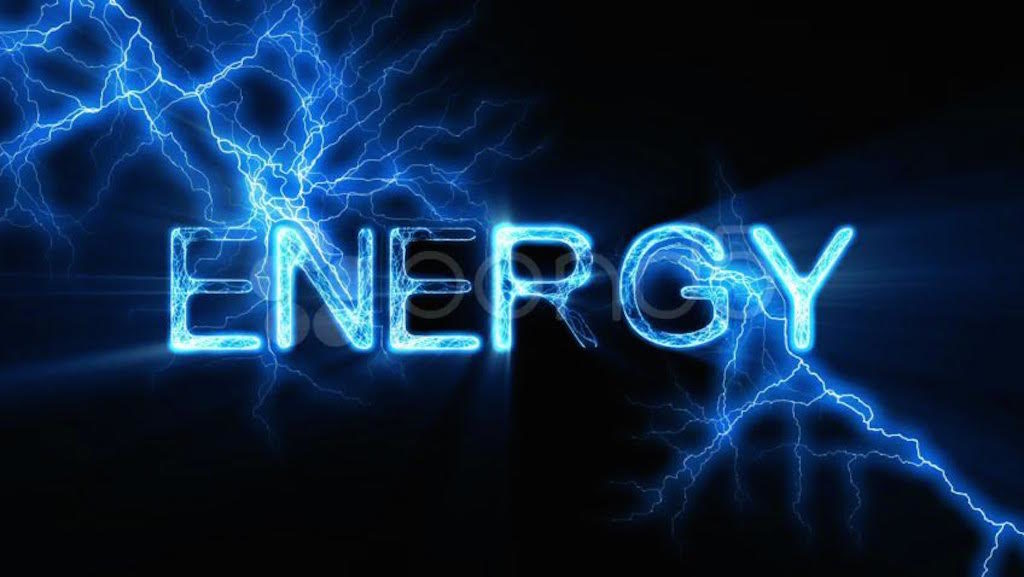
As the world evolves and talks surrounding sustainability become a daily dose to people’s routines, one topic remains at the top of the charts, and that is renewable sources of energy. People are coming towards a common understanding that at this point fossil fuels need to go because they are the primary cause of our problems. So when you see an influencer go on Instagram promoting something green, not a soul is surprised because that’s what up, at least they are woke, we say.
The buzz surrounding Clean energy has got the World’s scientists pulling strings to come up with alternative sources of energy for our sustenance. Now I must warn you, some of these alternative sources of energy may seem quite over the top or ridiculous so to speak.
1. Coffee

Yes, you read that right. This is how green we are going friends. But how is that possible? Every morning as we wake up a large population of us resort to coffee, whether iced if you are enjoying summer or hot for us fellows of the tropical winter. Coffee powers our day,
but what if it could do the same for our cars? You see coffee waste thrown away by countless shops across the country can actually be used to produce bio-diesel. Cool right? Well, the production of energy through coffee is still underway, but this form of energy is proving to be quite efficient and cost-cutting. I am getting myself a coffee-powered vehicle in the future if they are mass produced because no one likes FOMO ( FOMO for my pre-millennial audience being the Fear Of Missing Out)
2. Chocolate

It just keeps getting better. So we found something better to do with chocolate other than handing it over to valentine dates. And on that note, I would like to demystify the stereotype of chocolate and ladies – no, not all girls love chocolate. Anyway, chocolate waste from factories, according to research, can be fed to a bacteria E.coli to produce Hydrogen, which is one of the cleanest fuels in existence.
The fat from the chocolate can also be converted to biofuel and used to power cars, now that’s a sweet deal!
3. Body Heat

Harnessing body heat to produce energy is one of the energy sources above that has proven viable since implementation in Sweden. The heat generated by people crowding subway stations year in year out can be harnessed and used to heat water or redirected to offices during cold weather to heat up the rooms and save us from wasting electricity.
Excellent I must say!

Last but not least. Ye who love going out to drink on Friday nights, what if all that energy you used showing off your dancing skills would power your kettle the next day for a cup of coffee to help with the migraine. This is what some would call a win-win situation, but I call it forward thinking. How does it work?
The dancing floor is fitted with piezoelectric material. These materials produce energy when vibrated. So as we move towards mechanisation, dance battles in clubs will no longer be a 90s thing because… well, we are trying to be sustainable.
Way to go!
